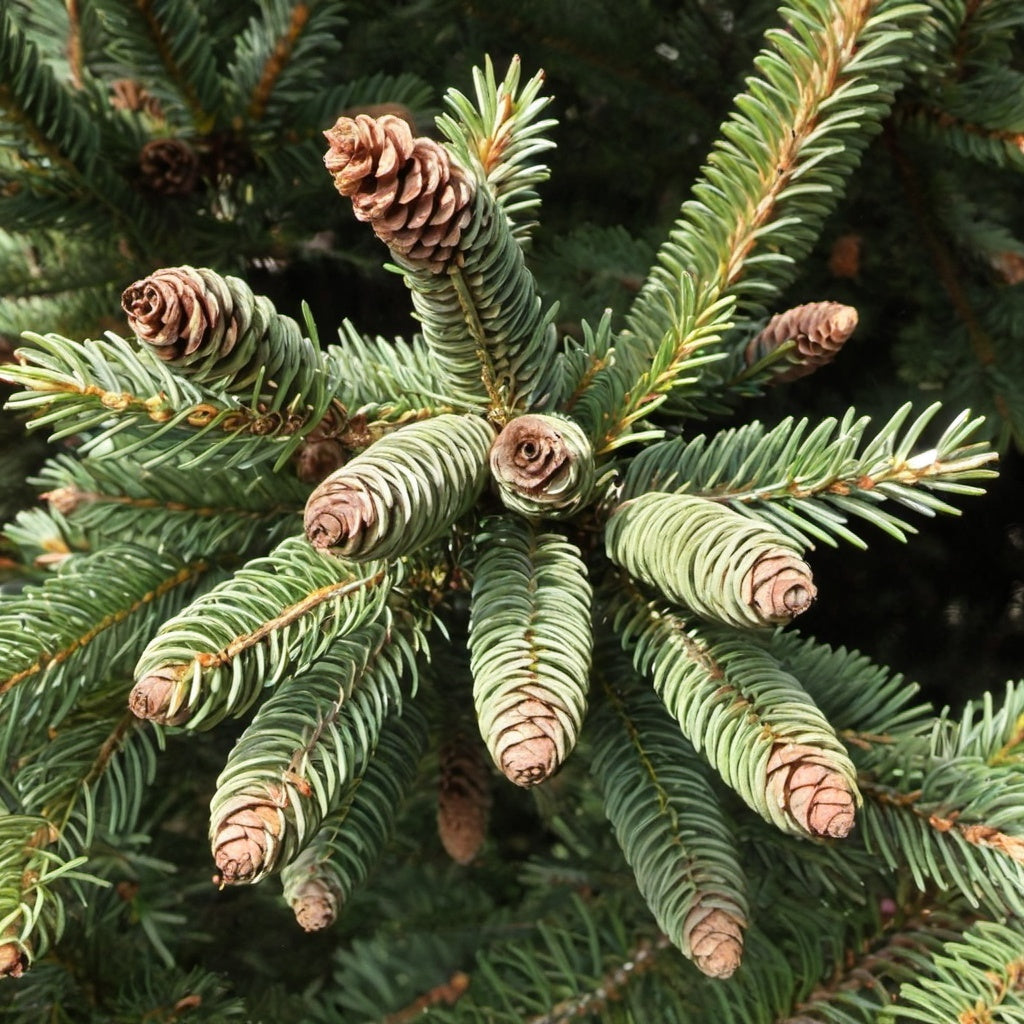West Himalayan Spruce Tree Seeds
West Himalayan Spruce Tree Seeds
Couldn't load pickup availability
West Himalayan Spruce Tree Seeds
(Picea morinda, smithiana)
Picea morinda, commonly known as the West Himalayan spruce, is a species of spruce tree native to the western Himalayas. It is found in countries like Afghanistan, Pakistan, India, and Nepal, typically growing at elevations between 2,400 and 3,600 meters (7,900 to 11,800 feet).
Characteristics:
- Height: It can grow up to 40-55 meters tall (130-180 feet).
- Needles: The leaves are needle-like, around 2-4 cm long, and are dark green.
- Cones: The cones are cylindrical, around 12-18 cm long, and change from green or purple to brown when mature.
- Bark: Its bark is scaly and gray-brown, becoming fissured with age.
Habitat:
West Himalayan spruce thrives in cool, temperate climates and is often found in mixed coniferous forests. It prefers moist, well-drained soils and slopes, and it plays a significant role in stabilizing mountain ecosystems.
Uses:
- Timber: The wood is used for construction and carpentry.
- Ecological: This species contributes to forest diversity and helps in soil conservation in its native range.
It’s also valued in ornamental horticulture for its beauty and ability to grow in cold regions.
Zones: 4 to 10
Stratification Requirement: None required
Planting Instructions:
Prepare a well-draining seed mix. A mixture of peat and sand or a specialized conifer seed starting medium is ideal. Sow the seeds just below the surface of the soil, covering them lightly but not too deep. Ensure the seed trays or pots are placed in a location that receives indirect light and maintain consistent moisture in the soil throughout the germination process, which may take several weeks. It's important to avoid overwatering, which can lead to fungal issues, but the soil should not be allowed to dry out either.
Once the seedlings begin to emerge, gradually expose them to more light. As they develop and grow stronger, they can be transplanted into individual containers or directly outdoors. Care should be taken to place them in a sheltered area, protecting them from harsh sunlight and wind while they establish themselves. Regular care, including watering and monitoring for pests or diseases, will ensure that the seedlings mature into healthy trees.
Share


